The eradication of Dyrrachium: Past or Future?!

A brief introduction
Nowadays, Durres is a known city and seaport in Western Balkans, fulfilled with history and tourism. But, since its foundation, it had changes in urban planimetry. The past earthquakes, such as the last one happened on 26 November 2019, convinced some people to not live in big apartments, that were built above the ruins of endangered monuments and places where it was prohibited to construct.
Archeologists, civil engineers and historians have been debating about the changes of urbanistic plan of Durres. In consonance with the old references, they say that it is safe to construct and to develop the urbanization of the city. However, this impact is not accepted by a little part of researchers and some inhabitants of Durres. According to them, they say that the the future urbanization of Durres will endanger the lost monuments of the city, the vegetation in the hills of Durres and “the Old Town”.
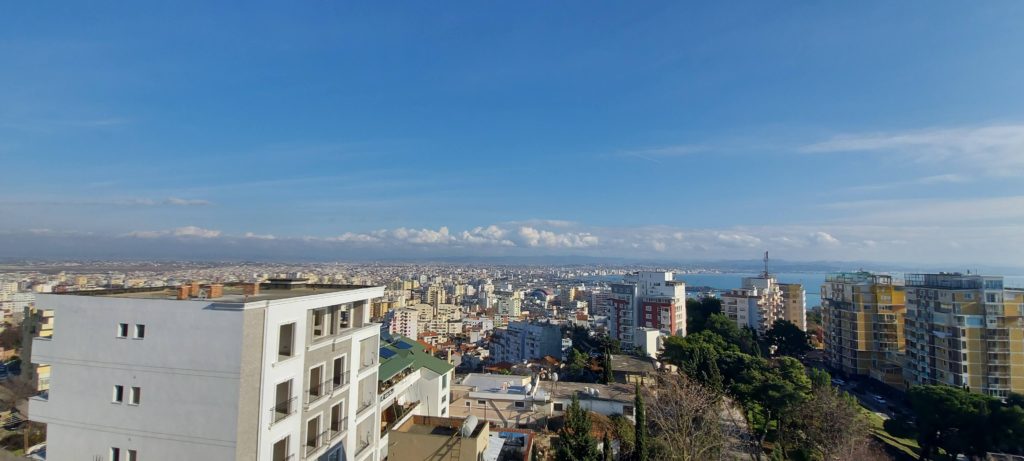
Durres beach and the hills of Durres
As in the photos above, after 100 years, there has been a huge change. Firstly, it happened in the periphery of Durres, such as in the zone of marshes and mainly, Durres beach. Before, it used to be the main lungs of the city, with a lot of trees and pristine air. Today, the zone from Dajlani Bridge to Golem is fulfilled with apartments, constructed without criteria after 1990’s, by damaging the main clarion place of Durres.
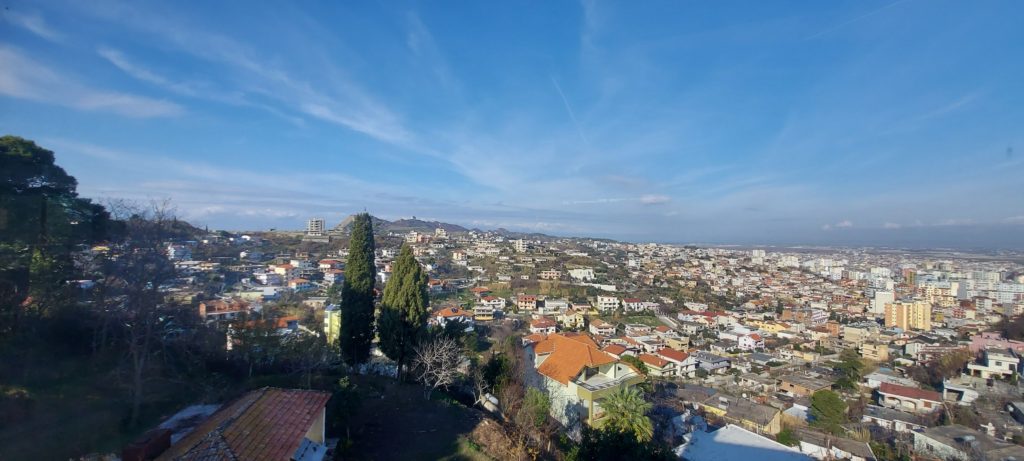
Futhermore, the change of city planning happened in the hills (from the hill of Moisii until Porto Romano). Before 1990’s, it was risky to construct there for two reasons: firstly, they contain sand and clay, and there was huge vegetation; secondly, since 1970’s, there were discovered some ancient graveyards, dedicated to the Greek gods (such as the necropolis of Artemis located in the hills of Dautaj).
After 1990’s, the migration of people from different counties, caused the privatization of certain properties. Nowadays, two hills of the city (King Zog’s villa or Moisii hill and Currila-Kallmi hills) are openly accessed.

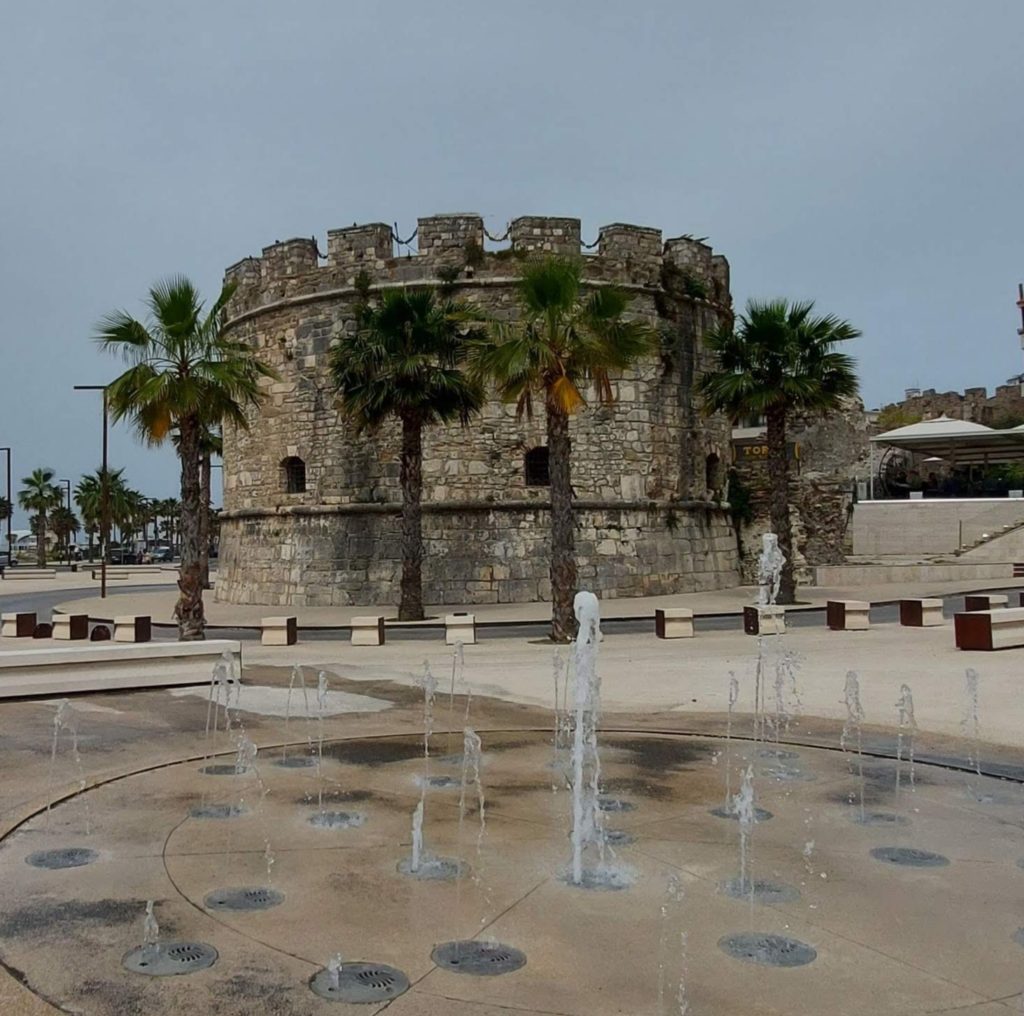
The question of Veliera
Thirdly, changes happened with the square near the Venetian tower (nowadays is known as Veliera or archeological zone A). After 2016, the square was destroyed with no criteria. People who were interested in Archeology and History, protested to the Administrative Court of Durres about this massacre.
They declare that two archeological monuments were located there, such as the ruins of Hellenic walls and the Ottoman cannons. After 5 years, the case is closed, but the battle to protect the ruins of Dyrrachium is not finished yet.
Conclusion
In conclusion, Durres has had a growth in urban development. The question of the beach, marshes, hills, and Veliera has been an interesting and debatable topic for the city planners and researchers.
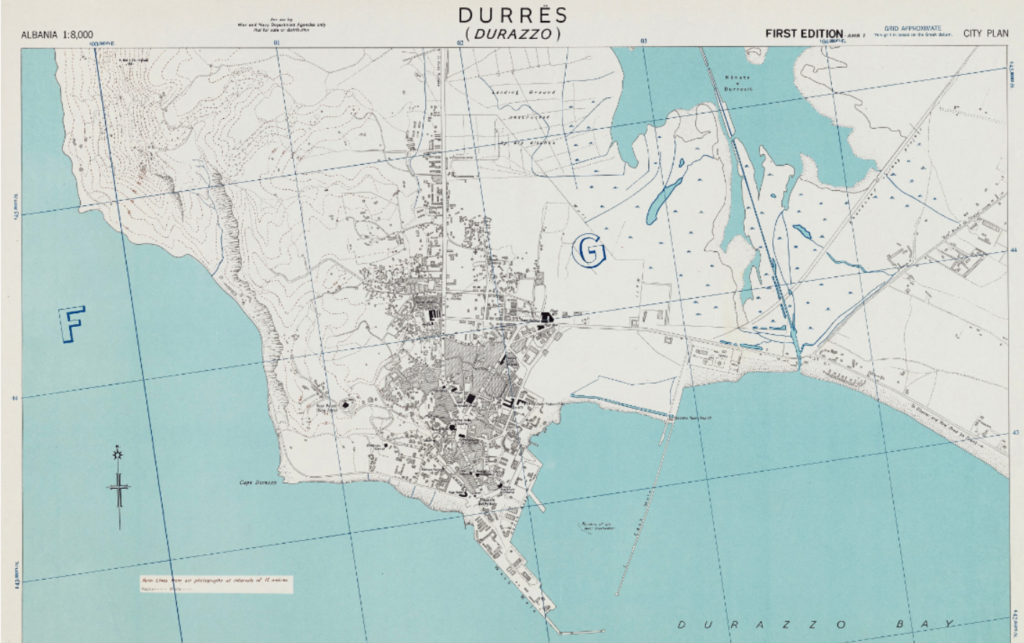
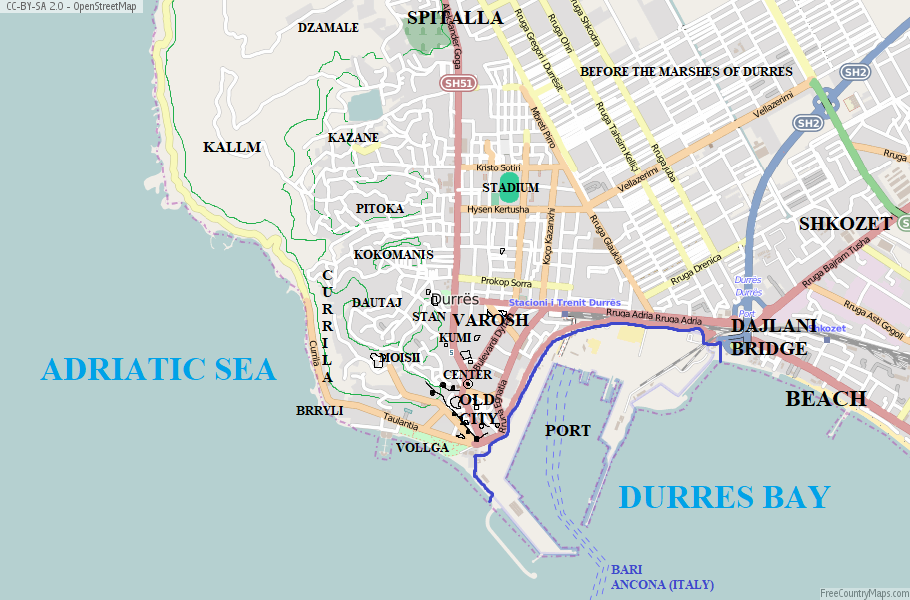
Academics and researchers hope their works will stop the urban massacre of Durres. Its monuments are endangered to be shattered forever in the future. Dyrrachium deserves to have an archeological park, a dream never realized from Vangjel Toçi, the father of the archeology in Durres, and a huge discovery of “the Old Town”. More research and people’s contribution are needed to stop the urban massacre.
________
Photo on the head: Durres in 1918. Original belongs to Albanian archives. Wikimedia Commons, 1918.
This content is the responsibility of the author cited in the writing and not of our editorial staff. The article was published in the “Blog” category, an independent space by the Amfora Media editorial staff. We aim to encourage professionals, lovers of cultural heritage and other enthusiasts, to contribute with writings and thoughts on archeology and cultural monuments, creating value in informing the public. Create your profile and post articles on the Amfora Media page. For more follow the video tutorial by clicking HERE. For any suggestions, criticisms or complaints about this content, please email us at: ankesa@amfora.al


